Cultural plantings define local landscape
In the 1890s, Camden Municipal Council started beautifying the town area by planting various trees, including peppercorns. These cultural plantings defined the local urban landscape for decades, yet only a handful remain today.
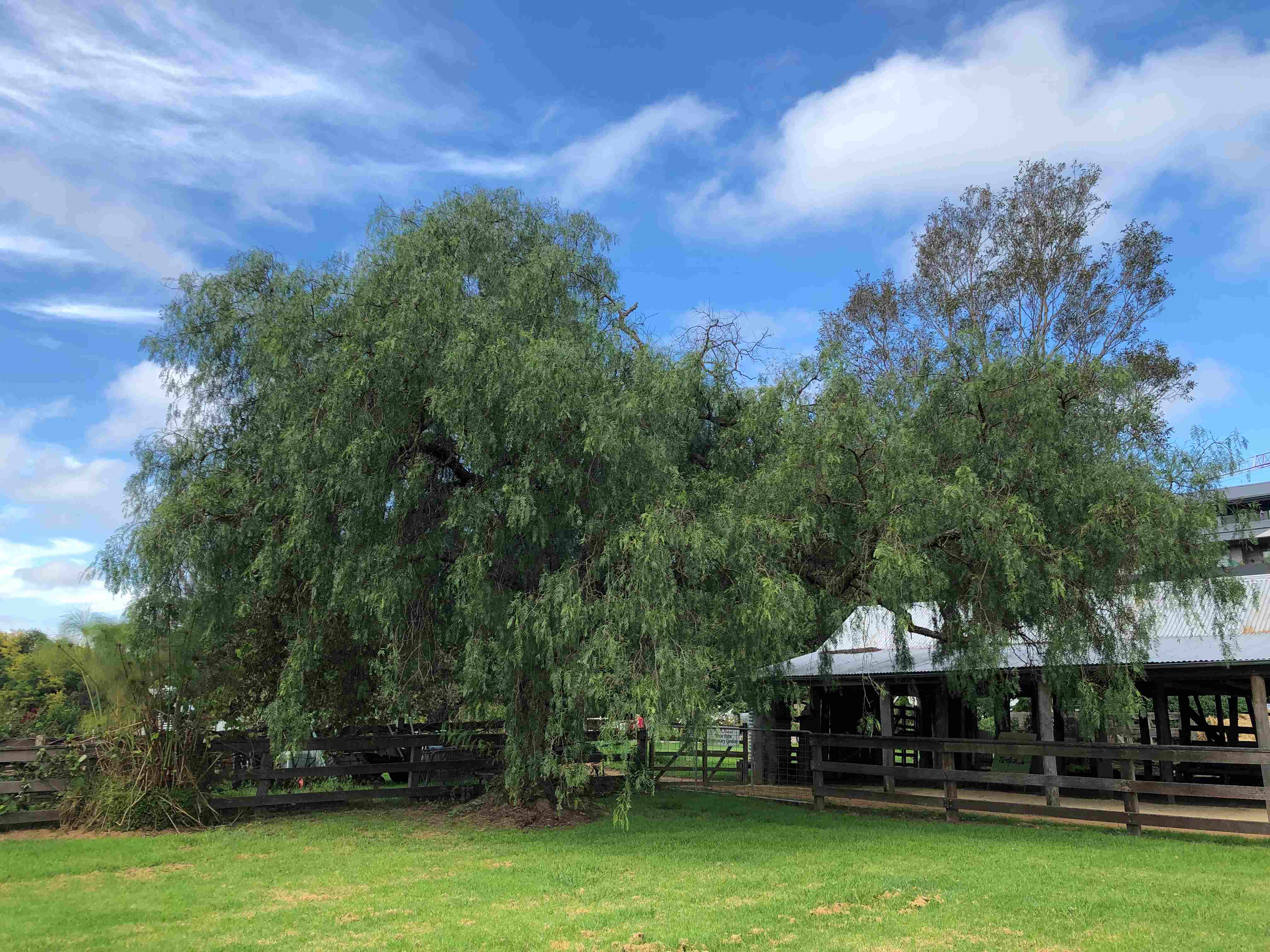
Popular nationwide
In Australian Garden History magazine, John Dwyer writes that the pepper tree (Schinus ariera, syn. Schinus molle) or peppercorn tree has been popular nationwide for over 150 years. Originally from the Americas, from Mexico to Peru, it was first introduced into Australia in the mid-19th century. Country towns across inland New South Wales were supplied with specimens from the 1860s from the Adelaide Botanic Gardens. (Dwyer, 2023)
Remnant pepper grove at the corner of John and Exeter Streets
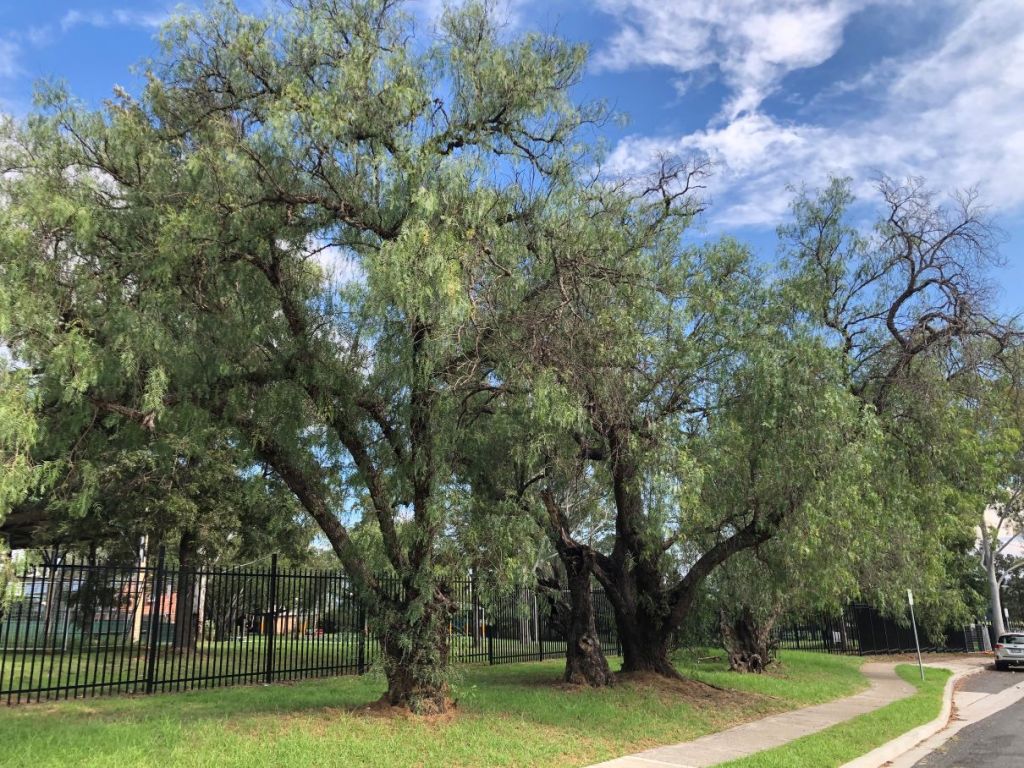
A remnant grove of pepper trees was planted in the early 1920s by Elmo Dominish on the corner of his farm block at 3 John Street.
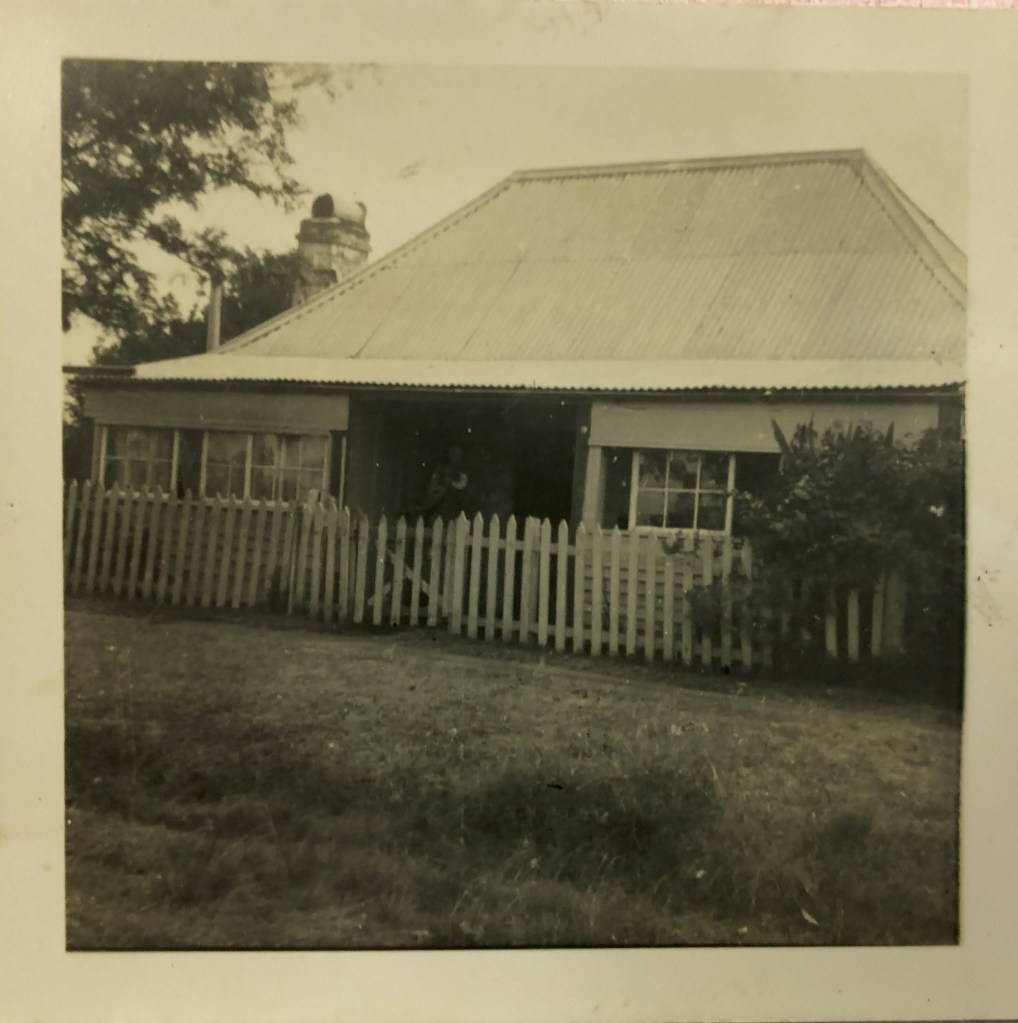
The Dominish family rented the farm from a member of the Whiteman family, and, on Elmo’s marriage to Ivy, he bought the farm block. The family lived in the farmhouse built in the late 19th century.
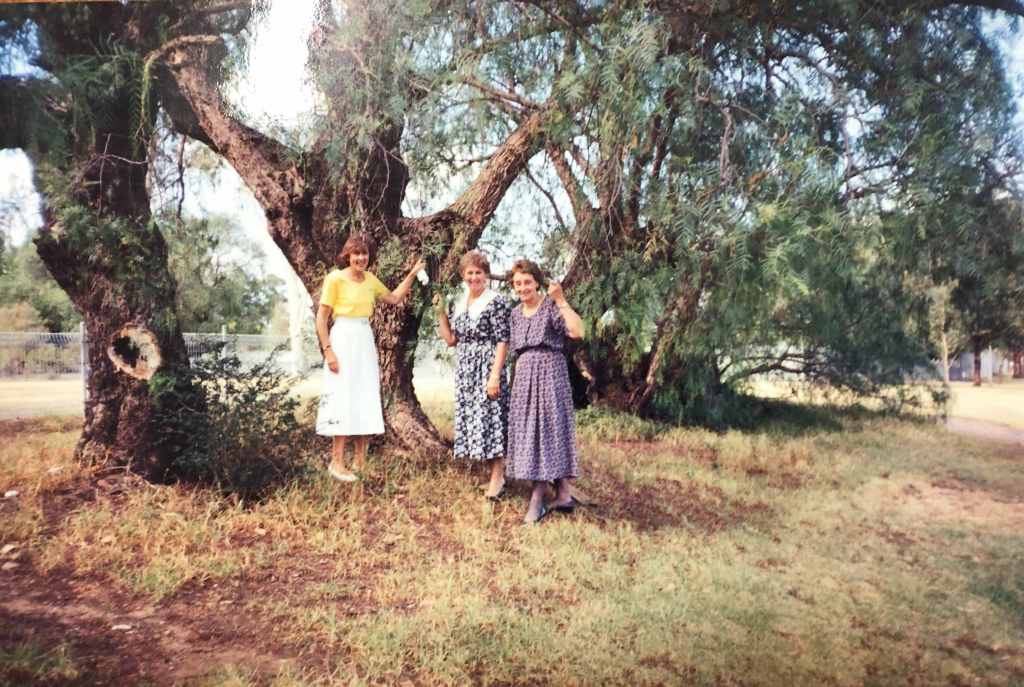
Cowpastures colonial gardens
The pepper tree was one of several exotic and hardy ornamental trees that fascinated the colonial Victorians in Camden. Pepper trees could be found in the fine gardens of the Cowpastures gentry estates.
Cowpastures gardens were shaped by various English garden trends and landscape gardeners, arguably the most important being JC Loudon and his gardenesque movement. (Landarc 1993).
William Macarthur’s Camden Park Nursery from the 1840s and Francis Ferguson’s Australian Nursery from the 1850s catered to these garden trends and sold plant stock throughout Australia and the Pacific. (Landarc 1993)
Ferguson’s Nursery listed pepper trees for sale in the 1890s, as well as oriental planes, pinus insignus, azaleas, and camellias. (Camden News, 12 March 1896)
Town beautification
Town beautification interested Camden’s civic fathers in the late 19th century, and pepper trees made an excellent street tree. (Landarc 1993)
With a ‘graceful habit,’ pepper trees have an attractive gnarled trunk, grow to about 9-15 metres, have semi-weeping branches and leaves, and have decorative sprays of tiny rose peppery pink berries, which are toxic. (Dwyer, 2023)
Street plantings started in the Camden town area in the mid-1890s, including pepper trees (Camden News, 26 August 1897) and in 1899, the council allocated £10 towards tree planting in Murray Street. (Camden News, 26 June 1899)

(Kerry & Co c1890s/Camden Images/Landarc 1993)
In 1898, council alderman HP Reeves donated 60 pepper trees to be planted in Elizabeth and Mitchell Streets. Alderman Downers donated a further 150 assorted trees. The council paid for heavy-duty tree guards at 4/5½d each to protect the trees from roaming stock in the town area. (Camden News, 18 May 1939)
The new Camden Cottage Hospital board decided to beautify the hospital grounds by removing the native trees and planting ornamental exotics, including pepper trees and pines. (Camden News, 28 June 1906, 18 August 1910)
Pepper trees were included in advice from the NSW Director of Forests on shelter and the beautification of farm homesteads. Shade trees provided ‘a picturesque air’ and beautified an area, and directions were provided on tree types, planting, care and maintenance. (Picton Post, 23 August 1911)
Beetles stripped pepper trees of foliage in the town at the end of the First World War, and the Camden press provided advice on how to deal with the infestation. Apparently, by taking a long pole to the tree in the early morning, the beetles would fall to the ground and be devoured by the chooks. (Camden News, 18 December 1919)
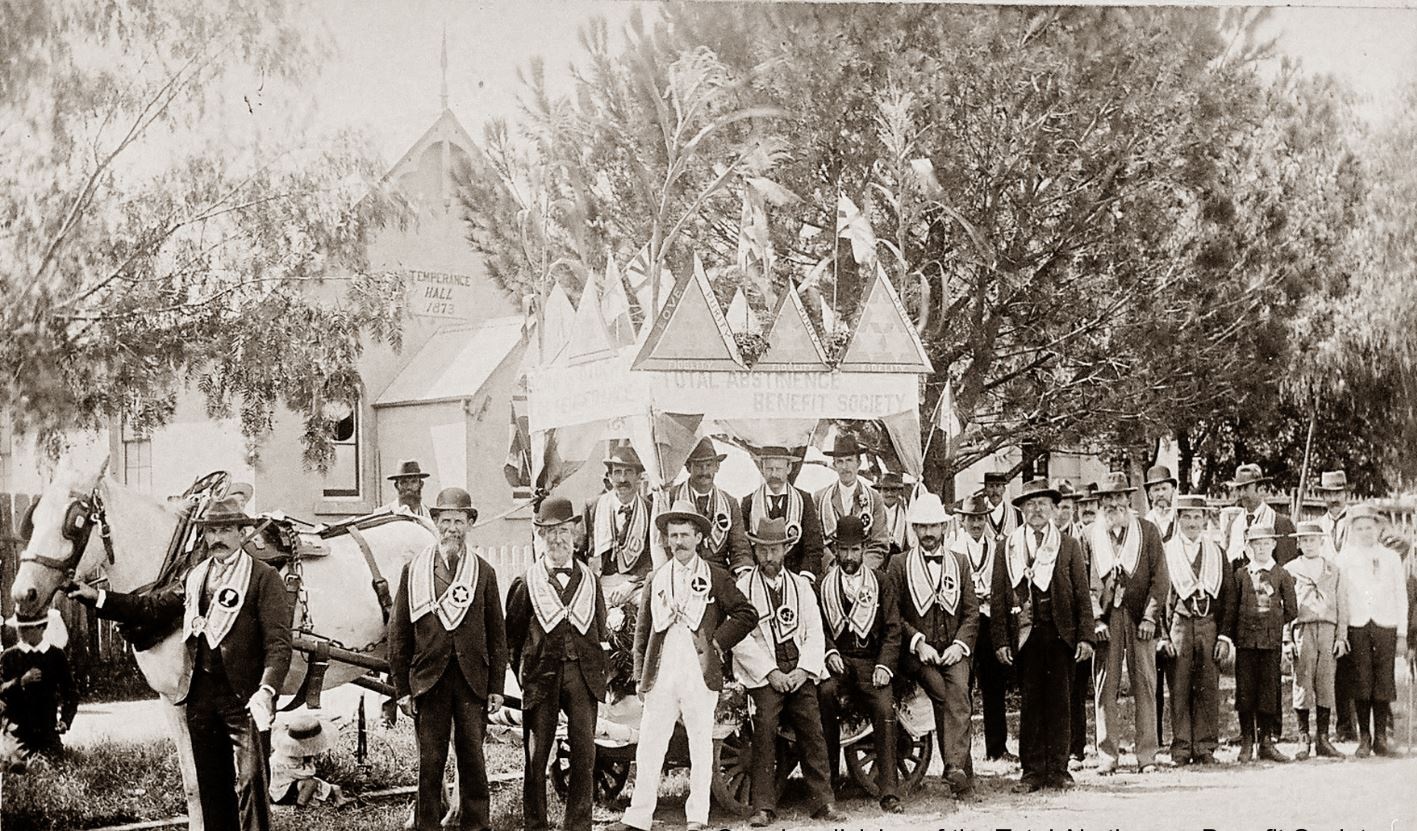
Problems and removal of pepper trees
By the 1920s, pepper trees were becoming a problem, with intrusive roots entering the unformed gutters on the roadsides in the town area. Other people objected to their presence. Dr West was granted permission by the council to replace a pepper tree at the front of Macaria in John Street with a hitching post. (Camden News, 23 February 1922)
The following year, the council parks committee decided that pepper trees were starting to pose a problem in the town area. The committee recommended the removal of pepper trees in John Street in front of Mr Pike’s residence, outside the stables of the Commercial Bank, the entrance of Dr West’s premises Macaria, one tree outside the Police Barracks, the removal of two trees in Murray Street and other sites in the town area. The council decided only to remove trees that had caused property damage. Aldermen were concerned that the council would be inundated with requests to remove all pepper trees in the town area. (Camden News, 23 March 1922)
Requests to the council to remove pepper trees came from landholders, the Mains Road authority, and the police. Trees were a traffic hazard along Argyle Street between Edward Street and the Cowpastures bridge, causing property damage in Mitchell Street, Menangle Street, John Street and other locations. (Camden News, 4 May 1939, 27 July 1939)
Trimming of the pepper tree hedges continually preoccupied the hospital board (Camden News, 20 June 1912). By the 1930s, the trees were causing problems, prompting their removal from the hospital grounds. (Camden News, 17 April 1930)
Remnant trees
Dwyer states that there are often remnant specimens of pepper trees of cultural plantings on abandoned farms, railways and other sites across Australia. (Dwyer, 2023) In the Camden town area, there are remnant stands of pepper trees with some handsome individual specimens, while there have been newer plantings at the civic centre.
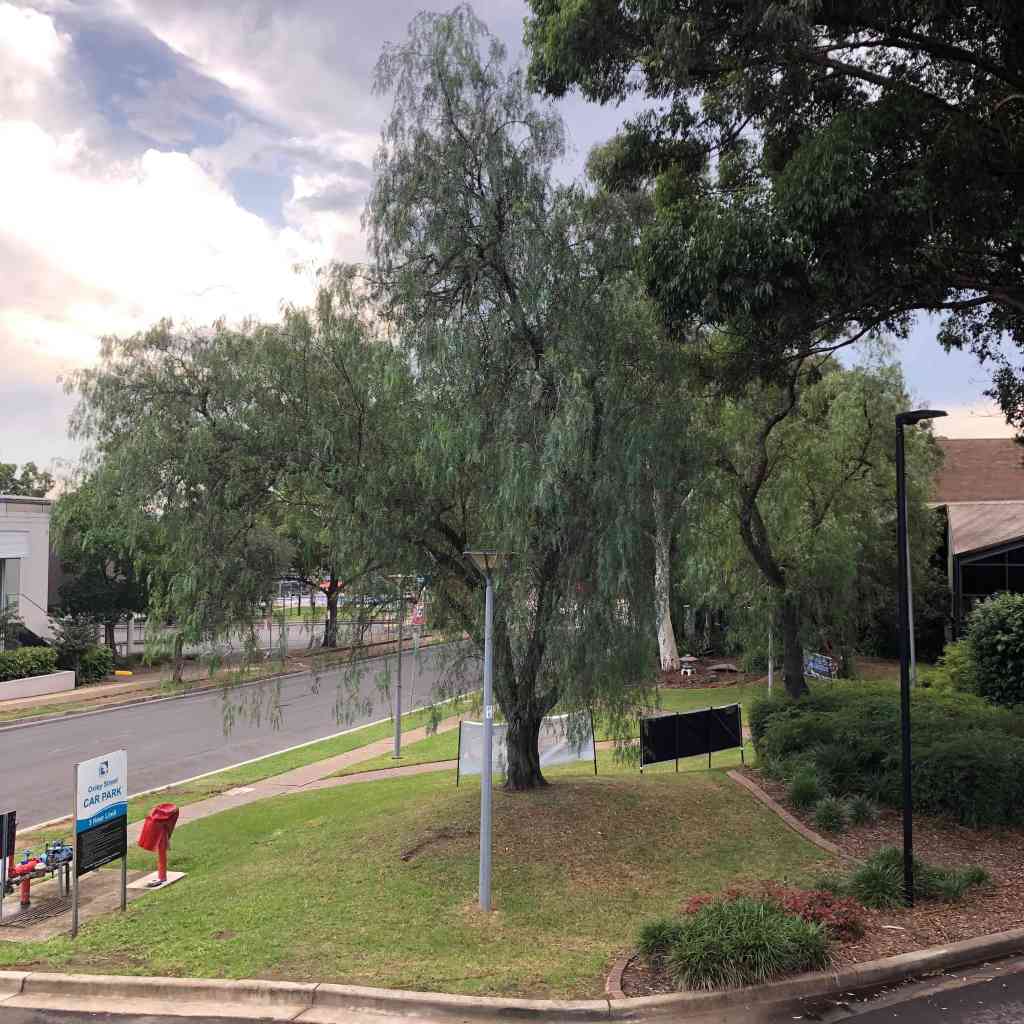
Greg Frawley writes:
I went to school at St Paul in the mid-50s and there were several mature pepper trees in front of the original classroom building. With a square of timber seating underneath each pepper tree the strong scent kept flies and insects away when we were eating our Vegemite sandwiches.
I think that is the real reason they were so popular in the early years. Planted near homes – particularly back doors to keep flies away. We planted one in Narellan 46 years ago for this purpose. Although it never grew very big, it gave off a wonderful scent.
Email 21 April 2023
Francis Warner writes:
Love these trees. Our first house at Camden Park was Stables Cottage. Had a carport and outdoor picnic area under a peppercorn. The fragrance was soothing, and the seeds looked so pretty.
Email 29 April 2023
References
John Dwyer 2023, ‘Schinus molle var. areira, Peppertree, Peruvian peppertree, peppercorn tree’. Australian Garden History, vol. 34, no. 4, April, pp22-25
Landarc Landscape Architects 1993, Camden Significant Trees and Vegetated Landscape Study. Camden, Camden Municipal Council.
Updated 23 February 2024. Originally posted 8 April 2023.

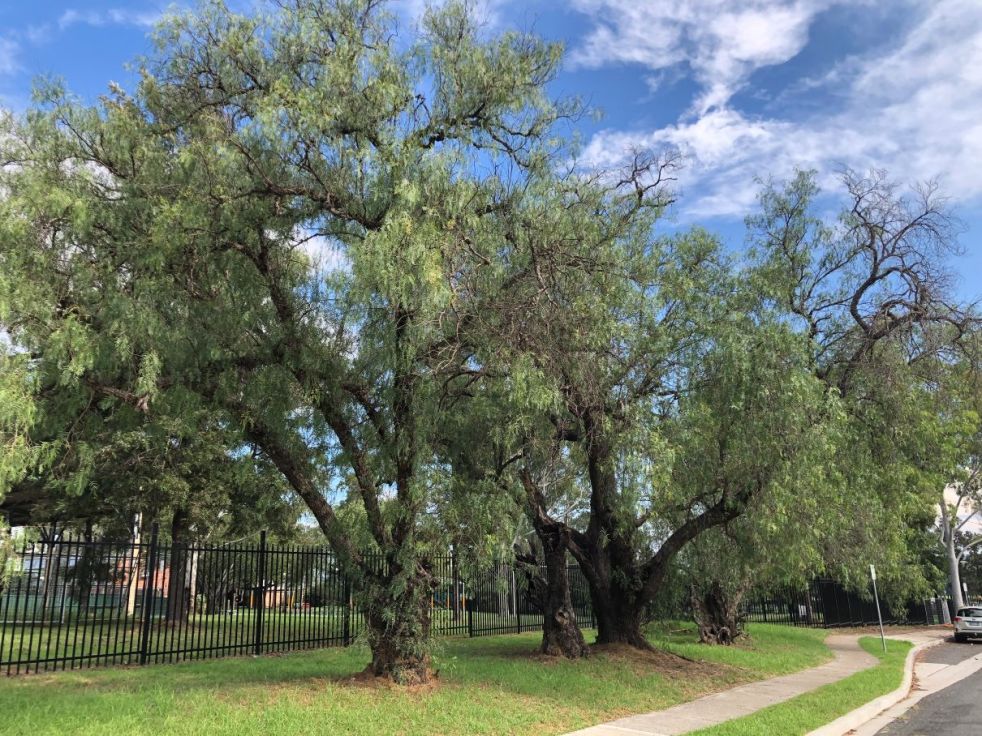
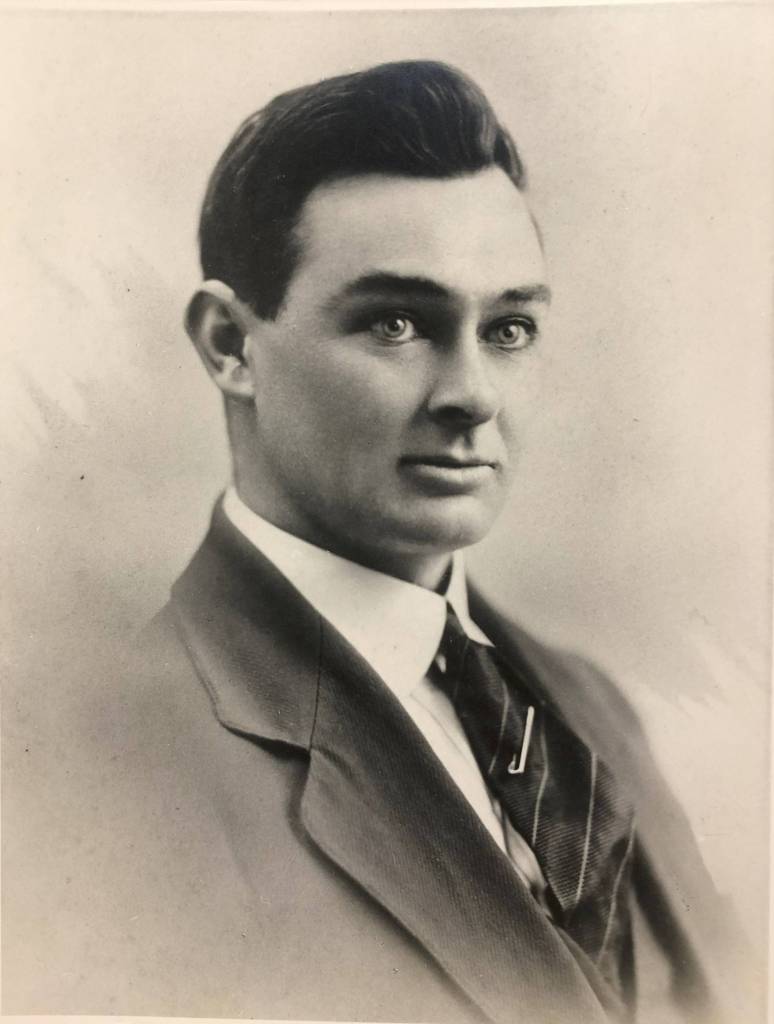
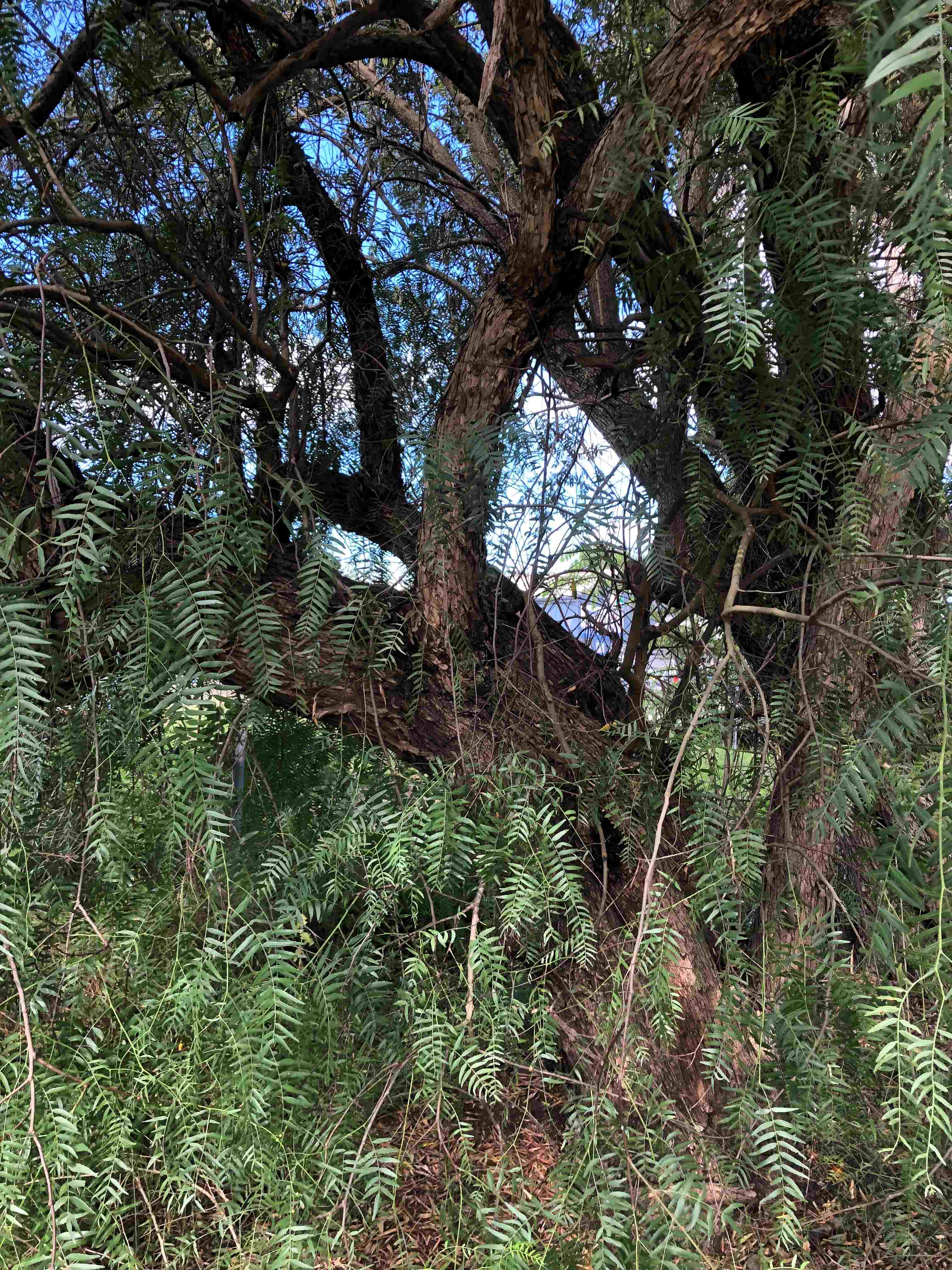

You must be logged in to post a comment.